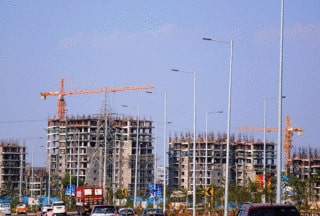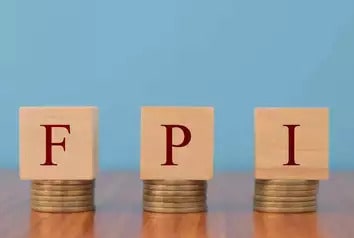The Indian economy is showing signs of resilience, despite the dim outlook for exports due to the ongoing Covid-19 pandemic. India has been facing a sharp decline in exports since the outbreak of the pandemic, as global demand for goods and services has slowed down significantly.
However, the domestic demand for goods and services has been robust, driven by government spending and the gradual easing of restrictions on economic activity. The Indian government has announced several measures to support the economy, including a massive infrastructure spending plan, tax incentives, and credit guarantees for small businesses.
The Indian government’s focus on infrastructure spending has been a key driver of economic growth, as it has helped to create jobs, boost demand and accelerate economic activity. The government has announced a Rs. 111 lakh crore National Infrastructure Pipeline (NIP) for the period 2020-2025, which includes investments in sectors such as roads, railways, airports, and power.
The government’s emphasis on boosting domestic manufacturing and reducing import dependency has also helped to strengthen the domestic economy. The government has announced a series of reforms to attract foreign investment and boost the ease of doing business in India. The production-linked incentive (PLI) scheme for various sectors, including electronics, pharmaceuticals, and textiles, is expected to attract more foreign investment and boost domestic manufacturing.
The Indian economy has also shown resilience in the face of the recent surge in Covid-19 cases, which has led to localized lockdowns and restrictions on economic activity in several parts of the country. The government’s focus on vaccination and healthcare infrastructure has helped to mitigate the impact of the pandemic on the economy.
The Reserve Bank of India (RBI) has also played a key role in supporting the Indian economy, by maintaining an accommodative monetary policy stance and providing liquidity support to the banking system. The RBI has kept the repo rate unchanged at 4% in its latest monetary policy review, citing the need to support the economic recovery and maintain inflation within the target range.
The Indian stock market has also been performing well, with the benchmark Nifty 50 index rising by over 60% from its lows in March 2020, despite the ongoing pandemic. The stock market rally has been driven by the positive earnings growth of Indian companies, the low-interest-rate environment, and the positive global sentiment towards emerging markets.
However, the Indian economy still faces several challenges that could impact its resilience in the coming months. The dim outlook for exports, due to the ongoing pandemic and the rising protectionism in several countries, could dampen the economic growth and lead to job losses in the export-oriented sectors.
The rising inflation and the high crude oil prices could also put pressure on India’s fiscal balance and current account deficit, and lead to higher inflation. The government’s focus on infrastructure spending could also lead to higher fiscal deficits, which could impact the long-term sustainability of the fiscal policy.
The recent surge in Covid-19 cases in India and the slow pace of vaccination could also pose a risk to the economic recovery, as it could lead to a resurgence of restrictions on economic activity and impact the investor sentiment.
In conclusion, the Indian economy has shown resilience in the face of the ongoing pandemic and the global economic slowdown. The government’s focus on infrastructure spending, domestic manufacturing, and healthcare infrastructure has helped to strengthen the domestic economy and create jobs. The positive earnings growth of Indian companies and the accommodative monetary policy stance have also supported the stock market rally. However, the Indian economy still faces several challenges, including the dim outlook for exports, rising inflation, and the recent surge in Covid-19 cases, which could impact its resilience in the coming months.










